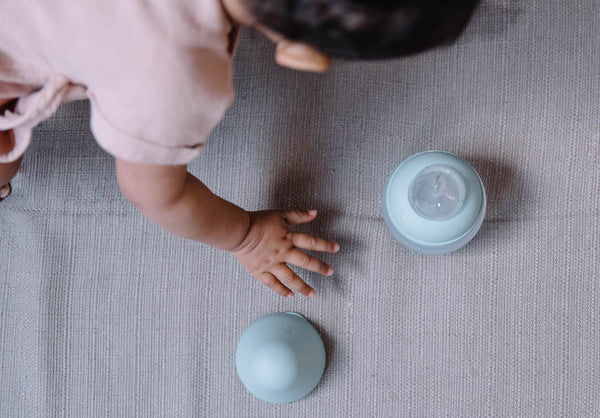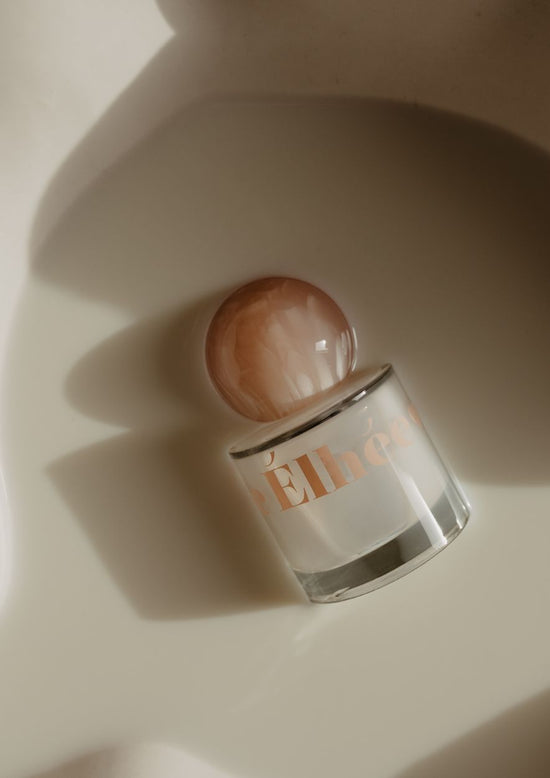A special breastfeeding pacifier is a pacifier that allows you to give your child a bottle from time to time without stopping breastfeeding. In reality, today this is a mission that many pacifiers fulfill , with most manufacturers fortunately offering pacifiers compatible with breastfeeding.
These teats are designed to imitate the mother's breast as closely as possible and make it easier to take the bottle without creating confusion .
To achieve this, the suction exerted by your baby must seem as pleasant as if he were breastfeeding! Mixed breastfeeding indeed has many advantages such as being able to share the task of meals and it would be a shame to corrupt everything.
It is important for mothers to be able to count on pacifiers that do not risk compromising breastfeeding, which they have sometimes had difficulty establishing.
The pacifiers available on the market have sometimes similar, sometimes divergent characteristics, we have decided to present the most important ones on which to focus your research. The objective of this article is to help you choose the best pacifier for your breastfeeding period.
SUMMARY :
- Should the shape of the pacifier resemble that of the maternal breast?
- A pacifier with a soft texture promotes the maintenance of mixed breastfeeding
- A pacifier must allow a flow rate adapted to the child as during breastfeeding
- Why choose a breastfeeding pacifier with an anti-colic system?
- Is the presence of grooves on the pacifier obligatory in case of mixed breastfeeding?
- To conclude
Should the shape of the pacifier resemble that of the maternal breast?
A so-called anatomical pacifier is often wider at its base and tends to narrow slightly towards the end, thus imitating the shape of the nipple. Some pacifiers have a rounded tip, close to the shape of the nipple.
The main thing is that it should be as easy as possible!
The nursing pacifier should be quick and easy for your baby to take . It should not be too long, too short, or too wide, as this will make sucking difficult or uncomfortable and could trigger unwanted air absorption.
Of course, a pacifier will never look 100% like a mother's breast! But she can try to get as close as possible.

A pacifier with a soft texture promotes the maintenance of mixed breastfeeding
A soft silicone or soft latex pacifier is preferable, as it feels more like a mother's breast. A texture that is too hard or rough can make sucking uncomfortable for the baby who may turn away from it.
If this is the case, check that there is no other cause for this refusal before investing in a new pacifier.
It's difficult to know in advance whether the pacifier you choose will be soft enough for your child.
- On the one hand, because the pacifiers you buy are packaged and it is not possible to touch them to check their texture.
- On the other hand, because your tastes and feelings are different from those of your child anyway. In other words, if the pacifier seems soft to you, your baby may not!
A pacifier must allow a flow rate adapted to the child as during breastfeeding
The milk flow must be able to be adapted to the baby's sucking strength. When breastfeeding, milk reaches the baby on demand, depending on the pressure exerted. A variable flow nipple mimics the way breast milk flows from the breast.
This also avoids overloading or frustrating baby.
You can also choose to change your pacifier as your baby grows. It is possible to find slow, medium, or even fast flow pacifiers for babies in a hurry or already grown up! Generally, manufacturers offer different sizes of pacifiers corresponding to the baby's age , such as:
- new born,
- 0-3 months,
- 3-6 months,
- etc.
Why choose a breastfeeding pacifier with an anti-colic system?
Breastfeeding your baby carries less risk of developing colic. The flow of milk is in fact slower when breastfeeding.
Using a pacifier with a variable flow rate or adapted to the age reduces, as we have said, the ingestion of air and the formation of colic. But to ensure that the transition from the breast to the bottle does not cause stomach aches that would cause your baby pain, it is preferable that the pacifier has an anti-colic system.
The latter is nothing more and nothing less than a valve placed on the base of the pacifier . It is particularly effective in preventing digestion problems when eating meals.

Is the presence of grooves on the pacifier obligatory in case of mixed breastfeeding?
Some parents agree that the presence of grooves or ridges on the pacifier promotes more natural or, in any case, more effective sucking.
But many people are unaware that these grooves, which are supposed to imitate the milk ducts present in the mother's breast and help guide the flow of milk, are actually not necessary! There is no evidence that they play a major role in pacifier acceptance.
Their impact on the baby's acceptance of the pacifier is not clearly established . As for asserting that this is a marketing argument or a trendy design effect, that's another story.
Smooth, streak-free pacifiers are also quite popular with babies, by the way. And to our knowledge, a child “sulking” at a pacifier can have many other reasons for doing so:
- colic and intestinal discomfort,
- unsuitable flow rate,
- cracked pacifier,
- texture of the pacifier uncomfortable for the baby,
- sucking problems linked to coordination difficulties,
- etc.
Every baby is different, and a baby may prefer a smooth pacifier rather than one with grooves (or the other way around).
To conclude
- Many features adorn pacifiers intended for babies. It is therefore recommended to be patient and persistent when introducing the pacifier, carefully observing your baby's reactions. Some of these features may indeed please one child while another may not seem entirely satisfied.
- In general, remember that a pacifier must allow you to feed your child without compromising your breastfeeding. For this, it must be soft and pleasant and its flow adapted. Silicone is a material that corresponds to these first two criteria. In addition, the presence of an anti-colic system is strongly recommended. The grooves are, however, not essential.
- If you are experiencing persistent problems, we advise you to consult a lactation consultant or pediatrician for advice tailored to your situation. You can also read our other articles on the subject:
- 7 reasons why baby refuses to take a bottle
- 7 caring tips for getting a breastfed baby to accept the bottle
Or visit our store to view our range of pacifiers, training cups and baby bottles!





